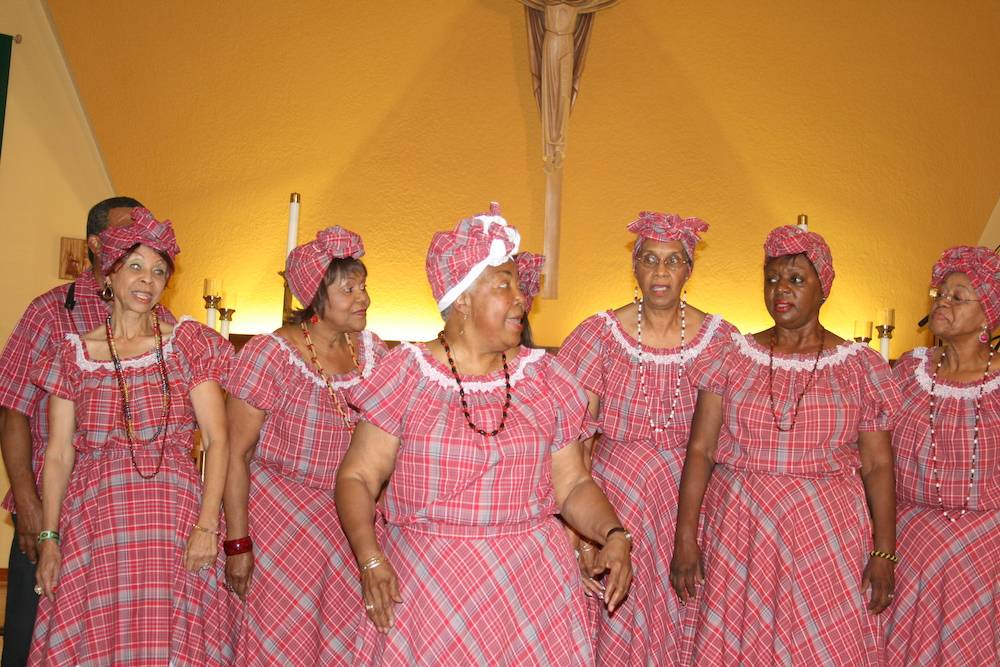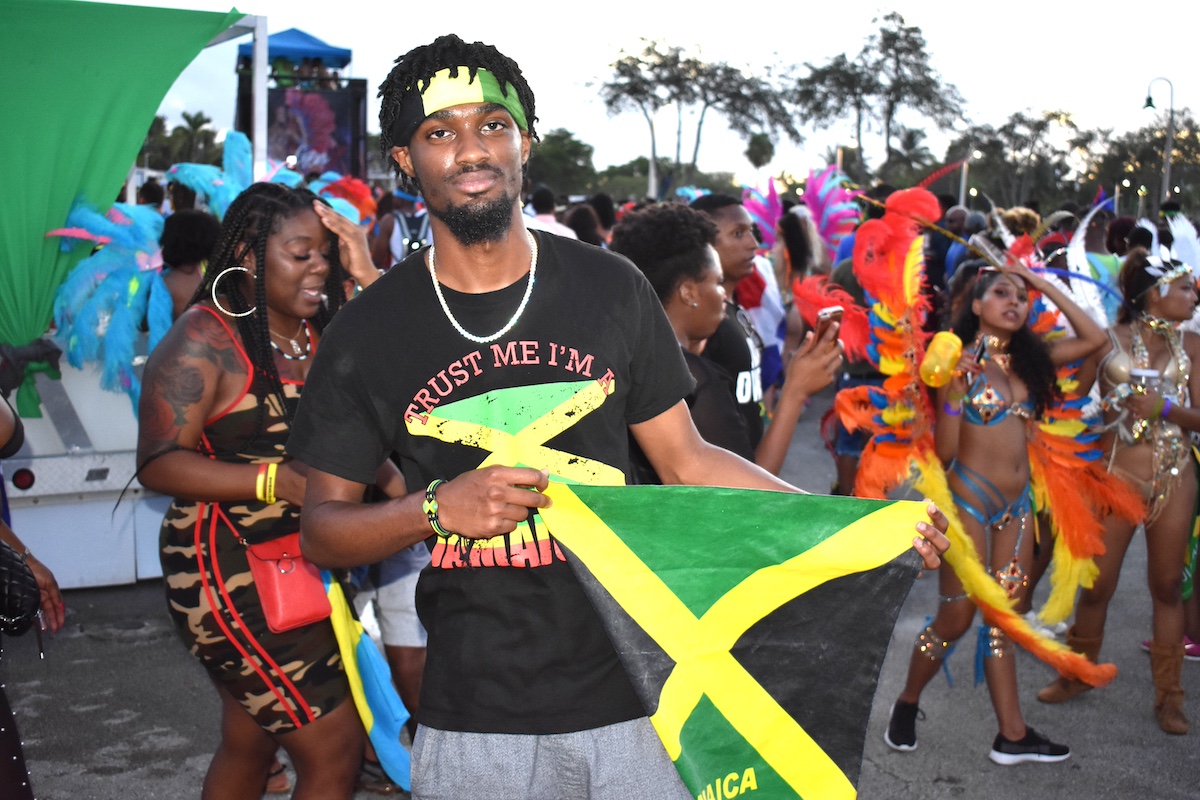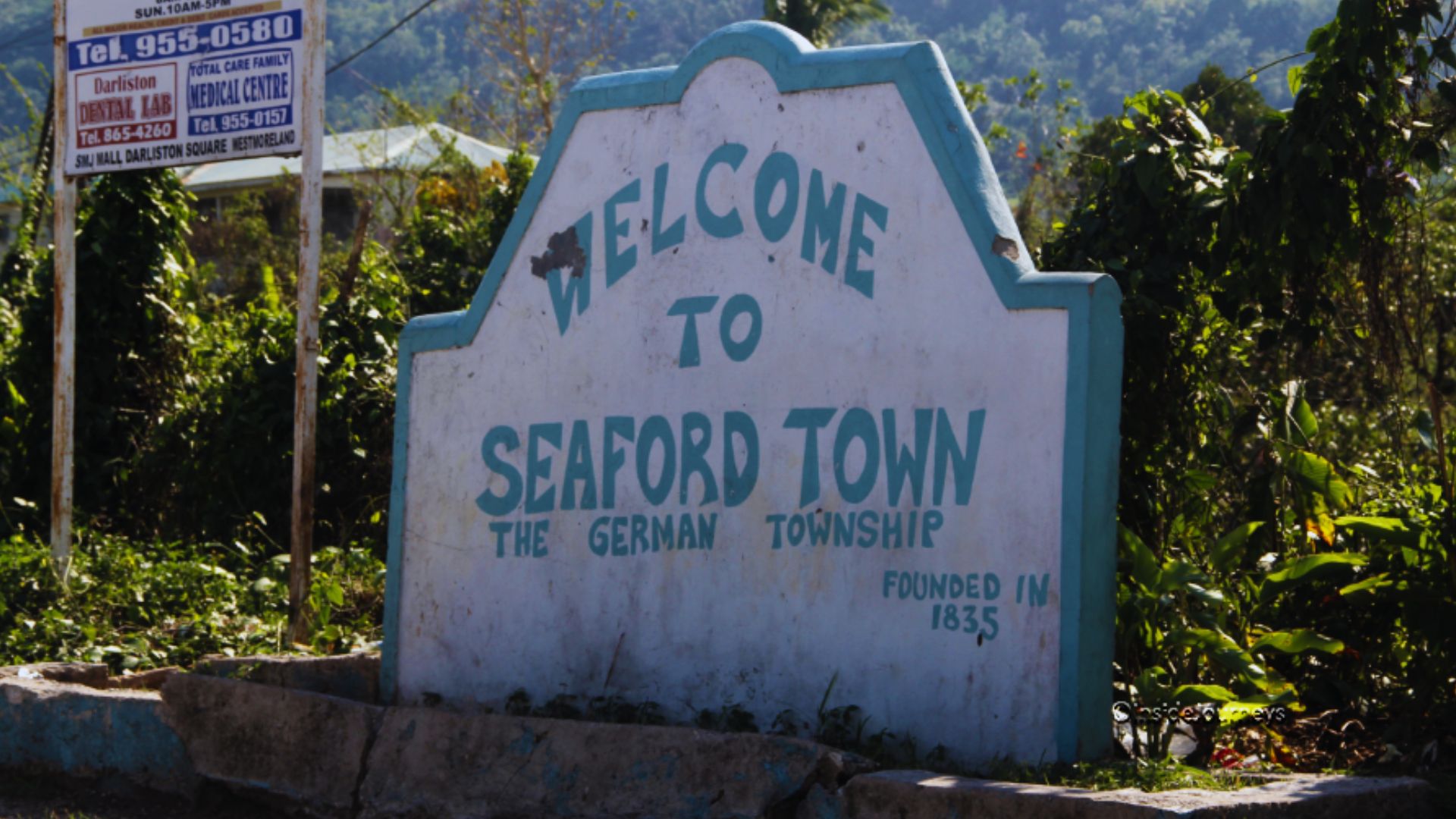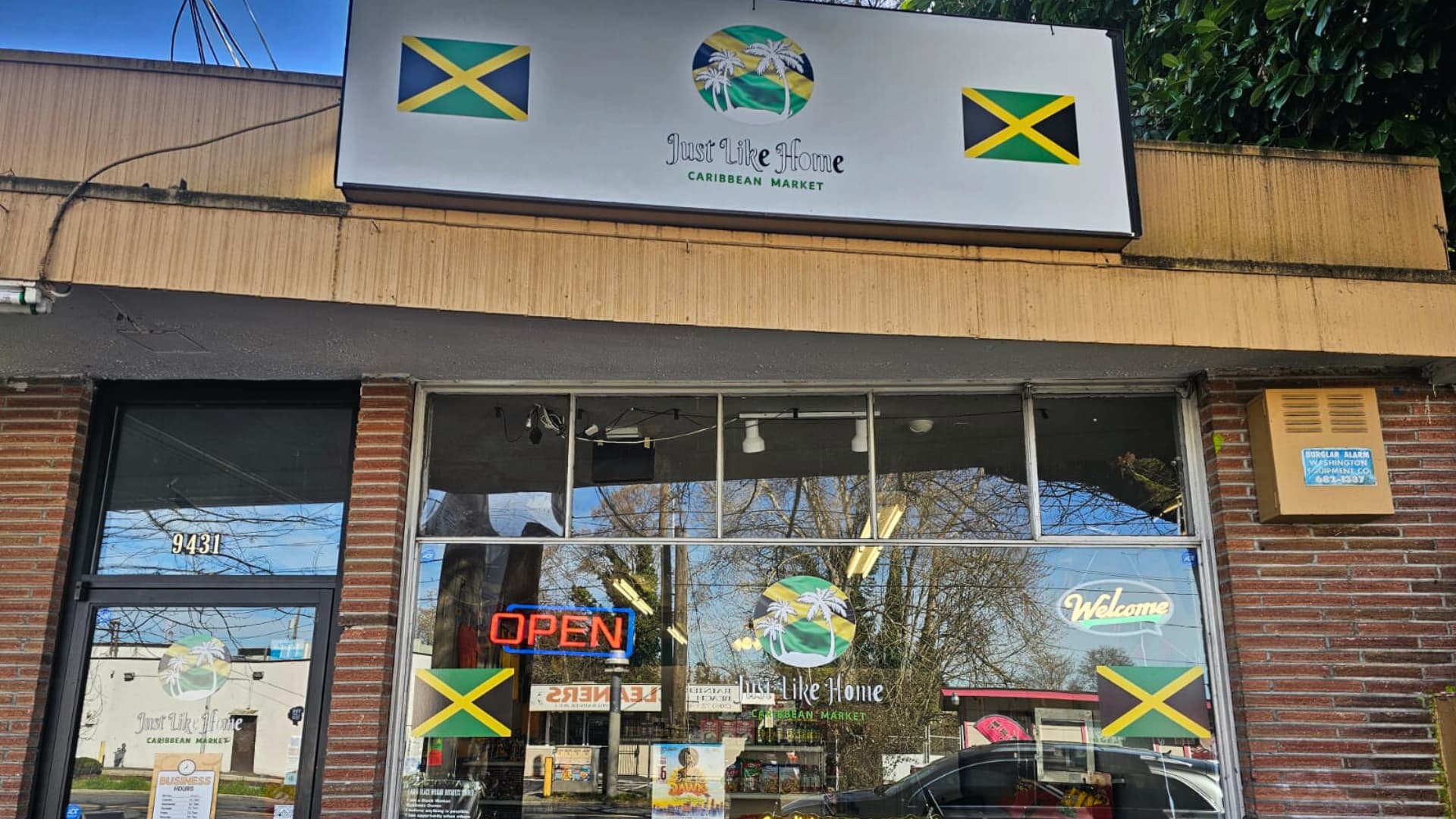When many people around the world hear the term bandana, they automatically think of the modern kerchief. The term bandana is somewhat misleading. Bandhani cloth originated in Madras in Eastern India. The city was renamed as Chennai in 1996. The fabric has a special place in Jamaica’s history, is simply known as bandana, and has since become a symbol of the island’s culture.
Bandana cloth originated in India as squares of silk or cotton fabric that were large enough to be worn as a shawl. The design was one in which spots or shapes were created on a background that was primarily red or blue, though other colors and patterns were also in evidence. The word bandhani in Urdu and Sanskrit is loosely translated as ‘tied.’
Examples of bandhani fabric date back to 4000 B.C. The cloth was originally made of silk. It was in the 1940s that the plaid pattern and color of the material, along with other symbols, became associated with the heritage and traditions of the ordinary Jamaican people.
The cloth has a long association with Jamaica. After India fell to the British in the 19th century, the British used cotton to make bandana cloth with a plaid pattern. It was lightweight and cool, highly durable, and a source of cheap material to make clothing for the enslaved and Black working-class women in the Caribbean.
However, Jamaicans have reclaimed the fabric from its slave connotations and it’s now a symbol of pride and distinction. It’s particularly popular among market vendors, singers and storytellers. Bandana cloth is in high evidence during ceremonial, cultural and independence holidays in Jamaica.
A dress, or skirt and blouse ensemble, of bandana cloth is known as the Jamaican National Costume. The bespoke outfit is accompanied by a head covering tied to form peaks in the back of the head. The peaks were of special significance, as they were used to declare a woman’s marital status.
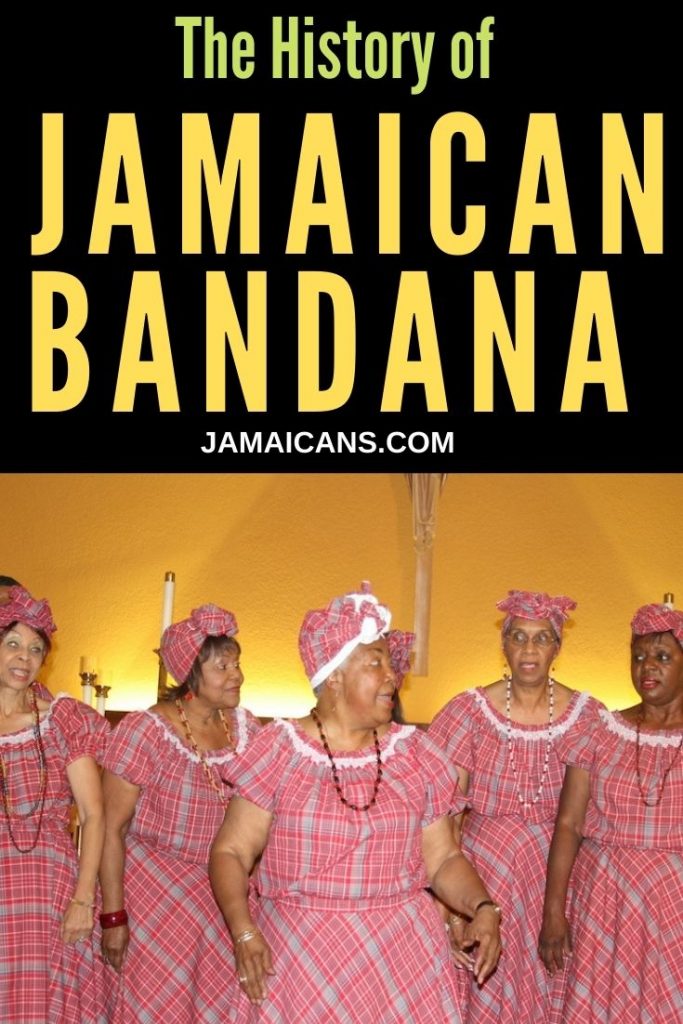
Photo: Xavier Murphy
